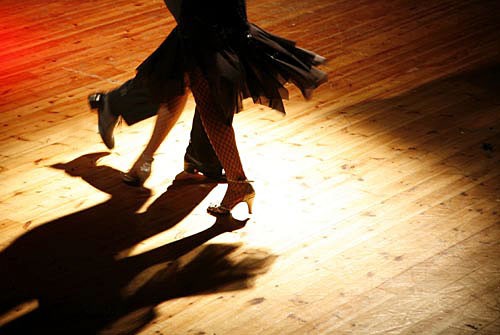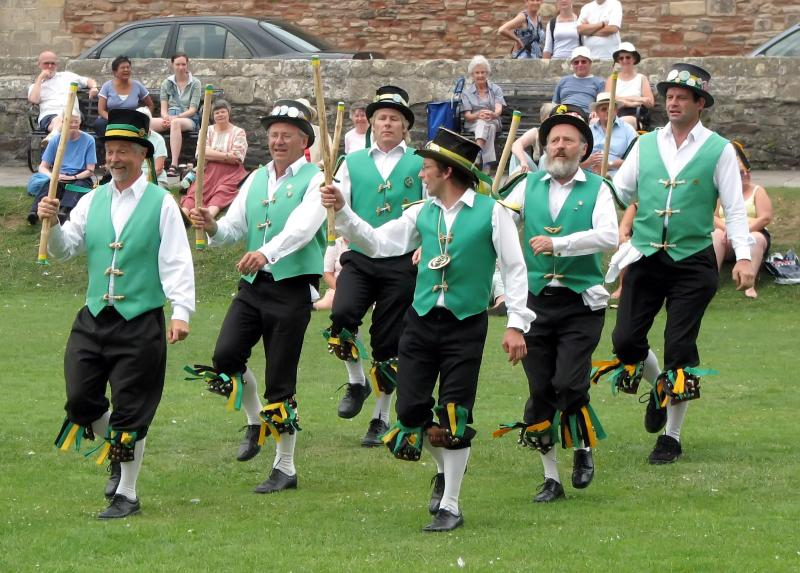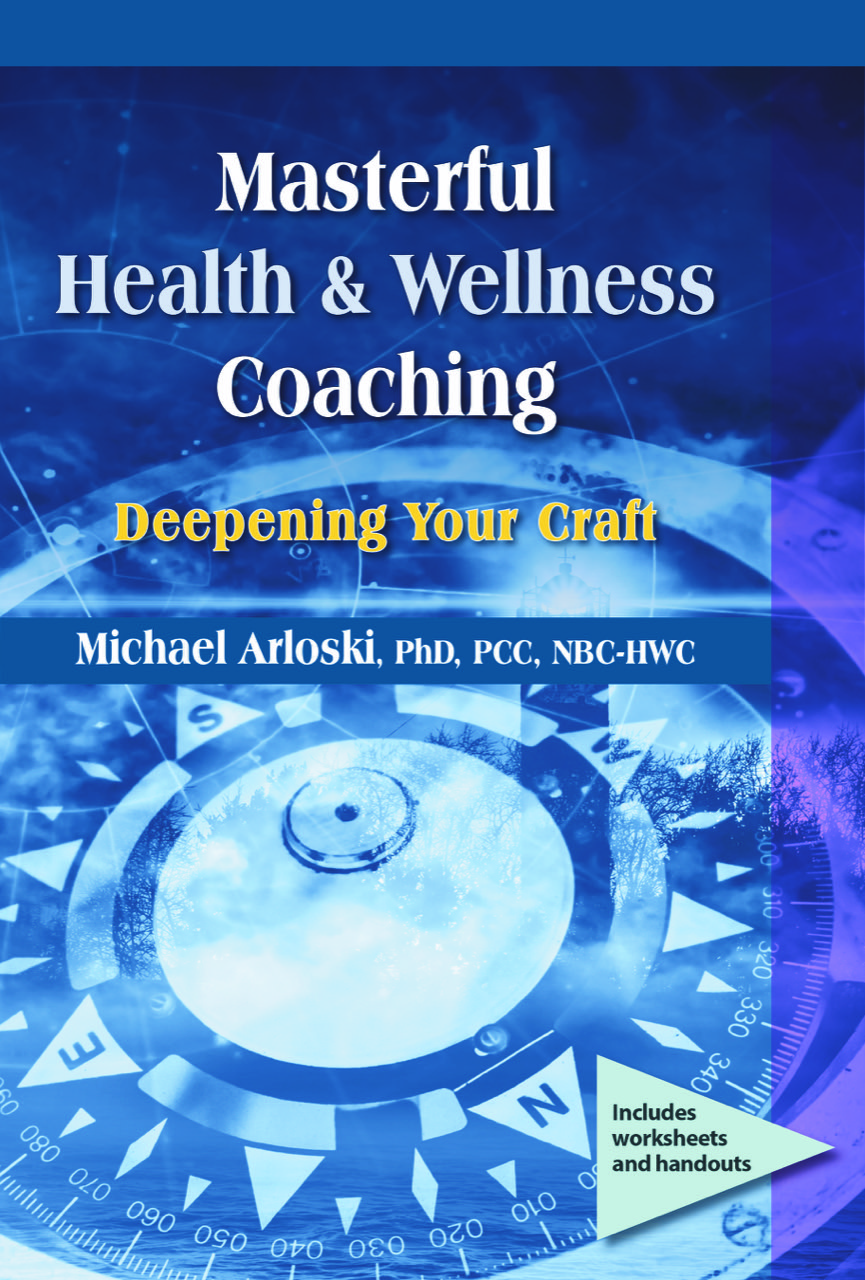Dancing In The Moment: Awareness of The Coaching Process/Interaction

Sometimes I find that the coaching I am doing with my clients flows into a combination of elements in their lives, their own wellness, their businesses, their families and their leadership opportunities. Such a client related a story today that unexpectedly led us into talking about what worked so well in our coaching relationship. She had just recently attended a sales motivation seminar that was so big it took place on the field of a professional football stadium. The keynote speaker was an extremely aggressive and directive consultant masquerading as a business “coach”. (Yes, this is one of my pet peeves!) She was tremendously turned off by his yell-at-your-audience condescending style. Despite all of his financial accomplishments, which he seemed to enjoy telling the seminar participants about, my client was not impressed. Rather than perseverate about his shortcomings as a “coach”, I asked her what it was about our coaching (by contrast) that made it so effective.
Without hesitation she said “You don’t remind me of my father!” The seminar’s keynote had reminded her of the opinionated, always right and you’re living your life wrong style of her dear old Dad. “You have conversations with me that are adult to adult not parent to child. You listen to me and treat me like an equal.” We went on to discuss and reinforce what really enhanced our coaching effectiveness.
Awareness of the coaching process is about being aware of the dance, as you are dancing with your partner. This is where you tap into your “third person observer” and take a look over your own shoulder. Your three-fold challenge is to now be able to move fluidly with your awareness between yourself, your client, and still notice what is going on between the two of you.
Never trust spiritual leader who cannot dance. ~Mr. Miyagi, The Next Karate Kid, 1994
Move From Center. Again, the more centered you are in calm awareness the easier this dance becomes. Like a dance, it all becomes easier with more time out on the floor.
Bring your consciousness to the interaction that is taking place between you and your client. What patterns are you observing? What feelings are coming up for you about the interaction? What dynamics of the relationship are becoming apparent? Is your client showing up regularly and on time? Are they prepared for the appointment, perhaps having filled out a “prep form”? Are they succeeding at tracking their behavior where they’ve committed to do so? Has coaching degenerated into you providing a lot of suggestions that your client simply hits back at you with “Yes, but…”?
Process the process. Instead of waiting for problems, like romantic partners who never talk about their relationship until it starts to enter rough and stormy waters, discussing how coaching is being experienced by both client and coach can be very beneficial when done on a regular basis. Sometimes you just have to talk about what’s going on! In coaching we like to help clients to look at “the elephant in the living room”. This is usually an issue that everyone knows is there but nobody is talking about. An example might be a family where there is an unwritten rule that nobody talks about how little time Dad spends with the family. In wellness coaching it might be a client who is coming to coaching to “get their ticket punched” (an insurance discount, some kind of incentive, or compliance with departmental orders), but whose heart just isn’t in it. Open, honest, and even blunt conversation and exploration about the coaching client interaction can clear up so much. Perhaps the client and coach never got clear enough about roles and “who’s responsible for what?”.
Agreements not expectations. Processing the coaching process on a periodic basis can help keep both parties satisfied with what is going on and clear about just what the agreements are. Unspoken expectations (on either side) are often where conflict begins. Operate on clear agreements that are always open for re-examination.
Dancing In The Moment. This is a term used a lot in life coaching and for good reason. As we become more skilled in our coaching and stay with our client in the present it does indeed become a dance. As our partner “throws a move” we go with it fluidly and keep the rhythm of the interaction intact. When we explore a subject we are sometimes surprised by what arises. The weight loss client really wants to talk about feeling lonely and isolated. The client trying to exercise more to manage their stress zeros in on a confusing and stressful relationship with their boss. We coaches have to dance with this. In Gestalt Therapy there is a principal that the gestalt which is seeking completion the most will naturally rise to the surface. I’ve certainly seen that in action! When it happens be centered enough to not let it throw you, go with it.
Awareness, mindfulness, presence, all seem to add up to being with our clients in a way that is totally respectful of them, their personhood and their experience while being as in touch with our own experience as we possibly can. It is about right here, right now. It is about being present with our clients within the context of clear agreements that support them in achieving lasting lifestyle improvement.

We're fools whether we dance or not, so we might as well dance. ~Japanese Proverb
We educate and support great wellness coaches! http://www.realbalance.com








Only registered and logged in readers can leave comments.